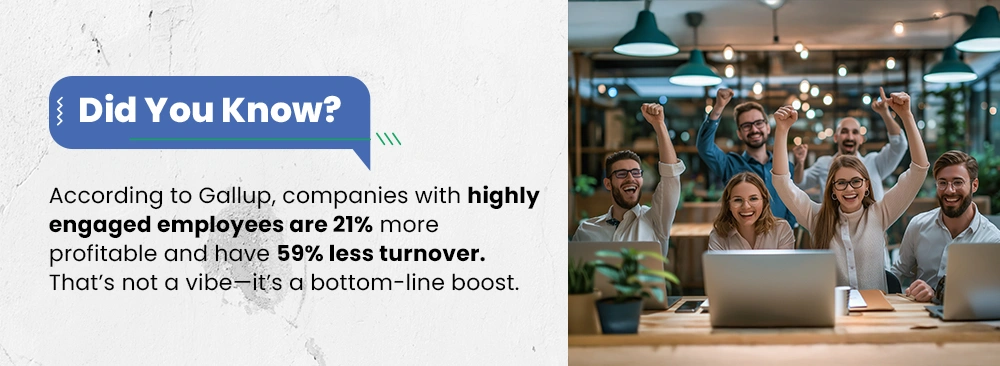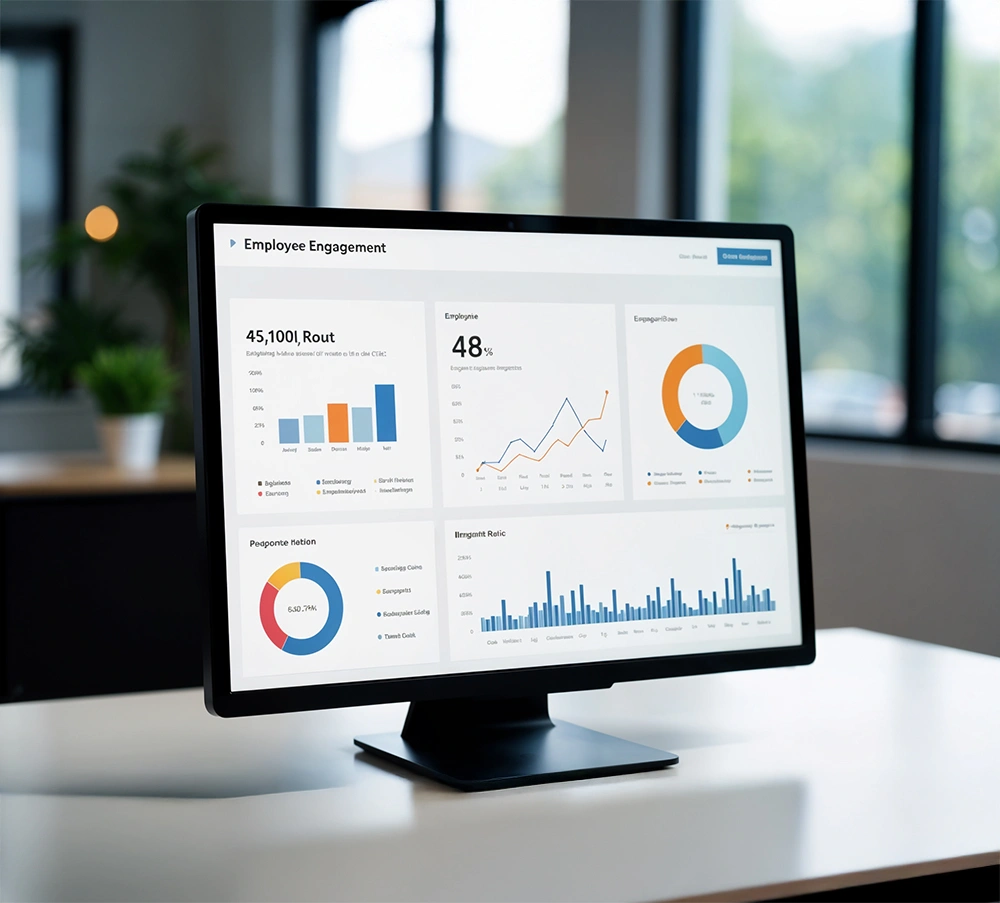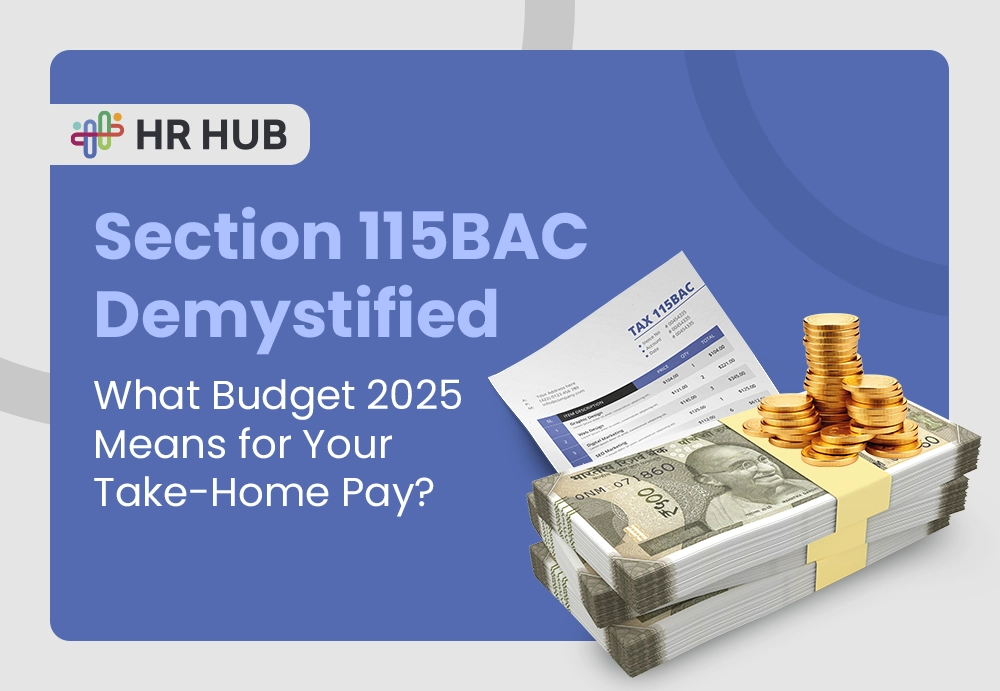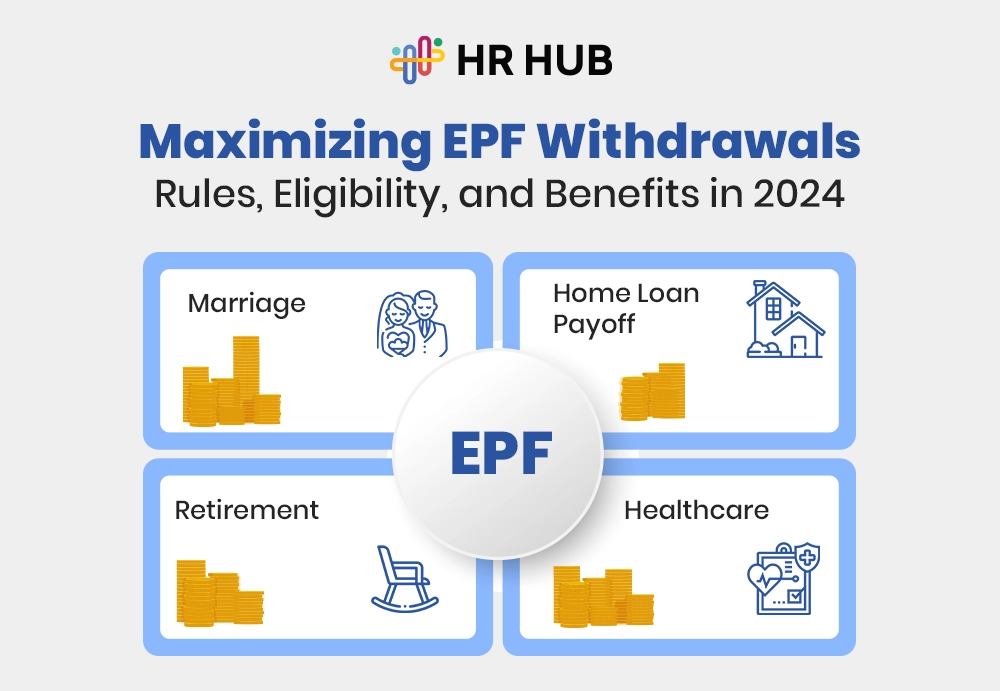There was a time when a steady paycheck and the annual office party were enough to satisfy employees. But today? Employees want more.
- They want purpose.
- They want recognition.
- They want to feel like they matter.
Employee engagement strategies must evolve in hybrid offices, Slack emojis, and asynchronous meetings. It’s no longer about managing people—it’s about inspiring them.
So, if you’re still thinking “monthly pizza party,” it’s time to level up.
Key Employee Engagement Strategies for Modern Workplaces
Let’s unpack the new engagement playbook, one smart, people-first strategy at a time.
Strategy #1: From Feedback to Fuel – Make Listening a Culture, Not a Process
Let’s be real—how often have you asked for feedback, only to do nothing with it?
Yeah, employees remember that.
Modern workplaces are driven by employee engagement strategies that treat feedback not as an afterthought but as a starting point for action.

What works today?
Use tools like 15Five, Culture Amp, or internal Slack forms to run frequent, lightweight pulse surveys.
Go beyond surveys—host virtual listening circles or open town halls.
Pro Tip: Create a quarterly “Feedback Impact Report” highlighting what you heard and did. Publicly acknowledging feedback builds trust faster than any HR initiative.
Interactive idea: End every team meeting with one question: “What should we start, stop, and continue doing?” Let this become part of your team’s DNA.

Strategy #2: Redefining Remote Work Engagement – Stop Mirroring the Office
When the world went remote, many companies thought:
“Let’s just replicate everything we did in the office... online.”
Result? Zoom fatigue, awkward happy hours, and ghost-town Slack channels.

Remote work engagement needs a different lens—it’s about belonging without physical presence.
Tactics that work:
Create asynchronous rituals—like “Monday Motivation threads” or “Friday Wins GIF battles.”
Give remote employees access to a digital perks marketplace, which offers wellness sessions, home office budgets, and learning stipends.
Celebrate birthdays with a video montage or digital kudos wall.
Empathy tip: Trust matters more than tracking. Remote engagement thrives in cultures that prioritize outcomes over hours.
Try This: Assign “Engagement Ambassadors” within teams to plan casual catchups or coordinate remote bonding events—owned by peers, not HR.
Strategy #3: Personalize Motivation, Don’t Generalize It – One Size Doesn’t Fit Anyone
You rolled out a new “Employee of the Month” program. One person was thrilled. What about the rest?
Silent.
That’s because employee motivation is not one-size-fits-all. It’s deeply personal, shaped by aspirations, lifestyles, and neurodiversity.
Smart personalization looks like:
Offering personalized learning journeys based on career goals.

Letting employees choose recognition rewards, an extra day off, public appreciation, or even a silent bonus.
Building role-specific growth paths, not just leadership ladders.
-
Pulse Check Question: “What motivates you on a hard day?”
You’ll be surprised how different those answers can be. Some crave visibility, others value autonomy.
-
Culture Hack: Build a “Motivation Profile” during onboarding and revisit it every six months. It will become your compass for recognition, upskilling, and growth conversations.
Strategy #4: Build Culture Like a Community – Let Employees Shape It
Here’s a secret: the strongest workplace culture is the one that feels co-owned.
Top-down values stuck in a PowerPoint? They fade. But rituals, slang, and moments created by the people—they stick.
Culture-building done right:
Encourage employees to start interest-based communities, such as Book clubs, yoga groups, or “Pet Cameo of the Week” contests.

Spotlight “culture moments” during all-hands: someone helping a peer, leading an initiative, or sharing a vulnerability.
Give teams autonomy to define their micro-culture within the broader company values.
Language shift: Instead of saying “We have an open culture,” show it. Share failures openly. Let leaders admit when they’re learning. Culture is built in moments, not manuals.
Strategy #5: Let Data Lead the Way – Emotions are Human, But Patterns Tell the Truth
Gut instinct might help you spot a disengaged employee, but data helps you understand why.
Today’s employee engagement strategies are powered by real-time, ethical analytics that help you intervene before it’s too late.

Data that drives decisions:
Engagement heatmaps by team, manager, or tenure.
Tracking participation in recognition programs.
Analyzing time spent on meaningful vs. administrative tasks.
-
Watch out for: “Vanity metrics.” High participation in a Friday fun quiz doesn’t mean high engagement. Look deeper—how many employees feel heard? Seen? Promoted?
-
Action Step: Use dashboards to correlate engagement scores with retention, promotions, and absenteeism. It’ll tell you what words can’t.
-
Interactive Move: Create a “Team Engagement Score” dashboard—visible to team leads—so they can take ownership and course-correct in real time.

Where Work Feels Human, Engagement Follows
Let’s be honest—there’s no magical checklist to fix engagement. But there is a mindset:
Prioritize people. Treat them like co-creators, not just cogs. Let culture, communication, and care drive every decision.
And if you’re wondering how to implement all this without drowning in spreadsheets or losing track of feedback, HR HUB can help.
HR HUB isn’t just a system—it’s your silent engagement partner.
We’ve helped modern workplaces create cultures where people don’t just show up—they stand out and stay.
The Engagement Equation: Purpose + Autonomy + Recognition = Loyalty
Modern employees don’t just want to be productive.
They want to be engaged. To feel seen, valued, and empowered.
The equation isn’t complex, executing it? That’s where most fall short.
Let your engagement strategy be your signature move.
And remember:
If you’re ready to turn insight into action and strategy into culture, HR HUB is where your journey begins.






